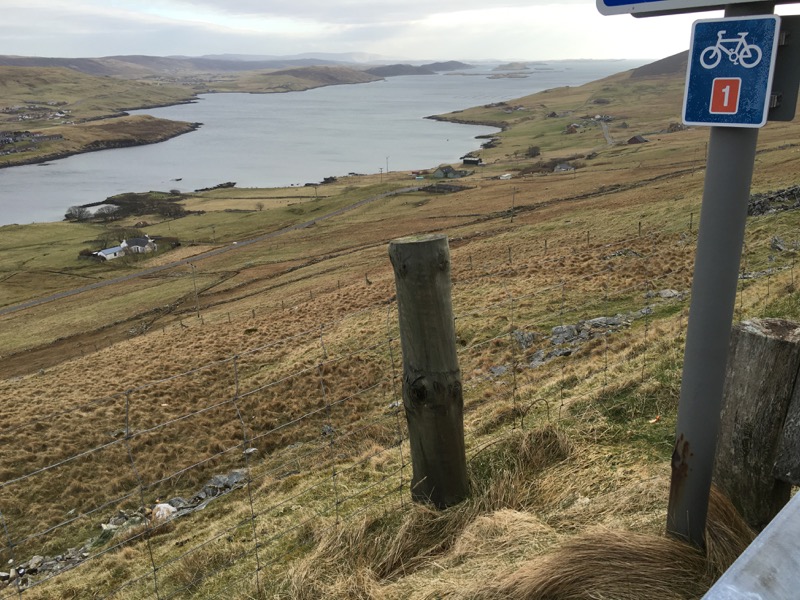I have had an amazing week island-hopping and visiting some pretty unique places in Shetland, the group of islands (about 300 of them!) at the top of the UK.
The whole visit was planned to be epic, starting with the journey there, taking 24 hours. Yes, the train took the strain, with an early start at King’s Cross in London for a trip up the East Coast main line. The great views across to the North Sea from the track in northern England were the best part of this part of the journey. After changing at Edinburgh, the wonderful Scottish scenery takes over, including crossing two great rivers on world-famous bridges.
When doing this journey there’s time in Aberdeen for a look around, followed by the excellent overnight ferry to Lerwick, the main town of Shetland on its Mainland. There is something very magical about waking up and seeing Shetland coming into view over a cloudy sunrise.
The car hire was great: met at the ferry port by a representative of the hire company with the keys, paperwork done in 5 minutes and ready to go.
Highlights of this breathtaking week included:
The ferries: it’s a great insight into Shetland life. Just so natural here to drive for a few miles and stop to wait for a ferry. These short journeys expose you to the elements (optional in most cases) and also to distant tiny islands in the sea. It’s one of those places where the unpredictable weather and the feeling of isolation adds so much to the experience, especially at dusk when you see one tiny light on in what looks like the only house on the island. It looked like pre-booking wasn’t essential (well, it’s March…) but I can imagine it’s a lot busier at peak times and seasons. I did pre-book for most ferry crossings and you get a priority boarding lane if you do.
Driving: it ticks so many boxes for those who like the challenge and thrill of the sort of exhilarating drive that’s to be found around here.
RAF Saxa Vord: this remote RAF site and its radar head have played vital roles in the defence of the UK since 1957. Closed for its defence purposes in the early part of this century, it’s now being looked after as both a visitors’ centre in relation to its defence purposes and a holiday resort. The preserved RAF station includes a plaque marking ‘Britain’s Northernmost Mess’. As a side note, with the current state of the world it could all be reactivated one day, so its active role might not be consigned to history forever.
60 degrees North: crossing this geographically significant frontier hammers home how far north you really are – and still in the UK. Once reaching the northern island of Unst, you’re further north than St Petersburg and roughly on the same line of latitude as Anchorage. I’m going to Lizard Point in Cornwall next week, so I will be dropping below 50 degrees North soon.
Muckle Flugga: this is an island at pretty much the top end of Shetland, with its usually unmanned lighthouse. Apart from Out Stack, this really is as far North as you can go in the UK. I got as close as I could go in the time available – the top end of the UK road network – meaning that I briefly held the position of the northernmost person on a public road in the UK. I also spotted the end of National Cycle Route 1, the other end of which is somewhere around Dover.
Sumburgh Head: the southern tip of the Shetland Mainland, with more stunning views and a different feeling – looking back to the rest of the UK. Well, the Orkneys are still so far south I couldn’t see them. You can really see why Shetland is such a different world to England’s south-east on so many levels. The main airport is around here, with separate queues for oil company workers (helicopters to rigs come and go from here) and a runway to drive across to get to the Head.
A much quicker journey back home – two flights this time.






















